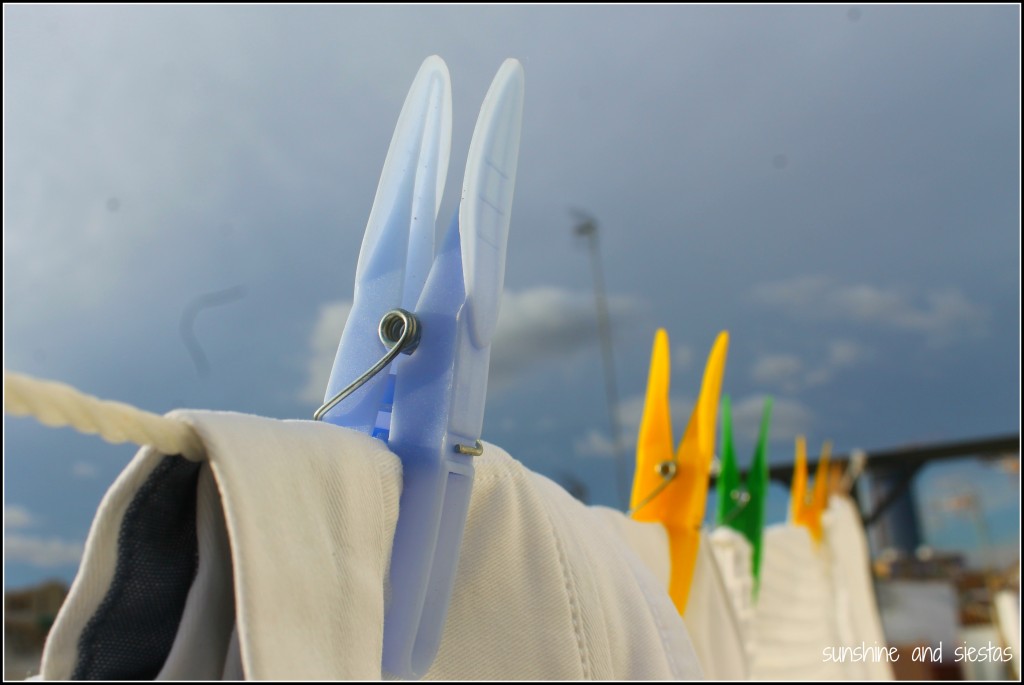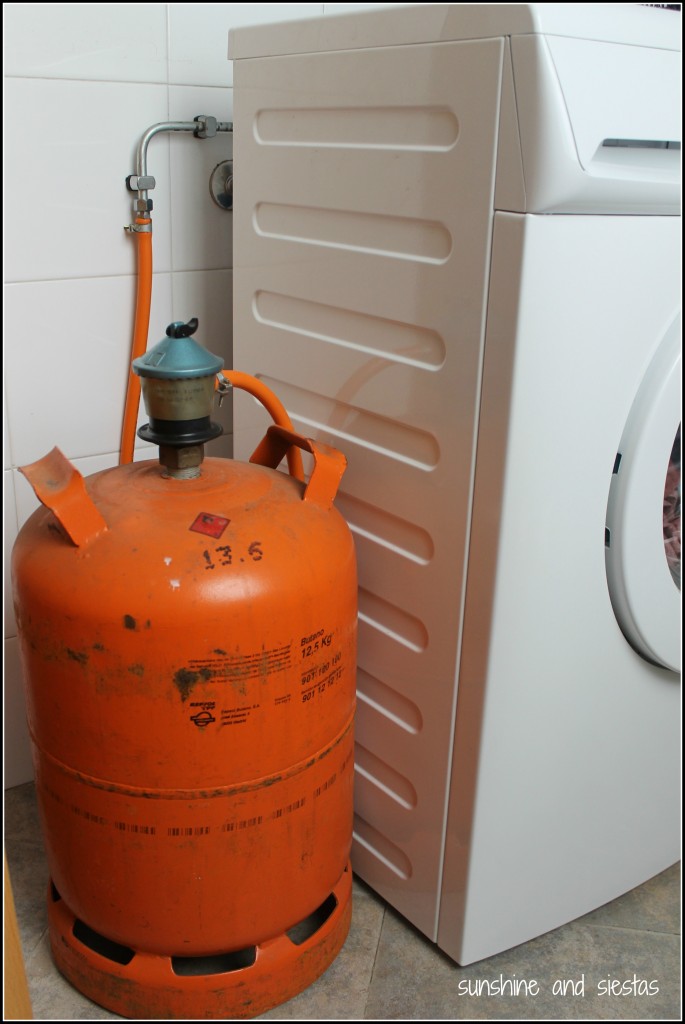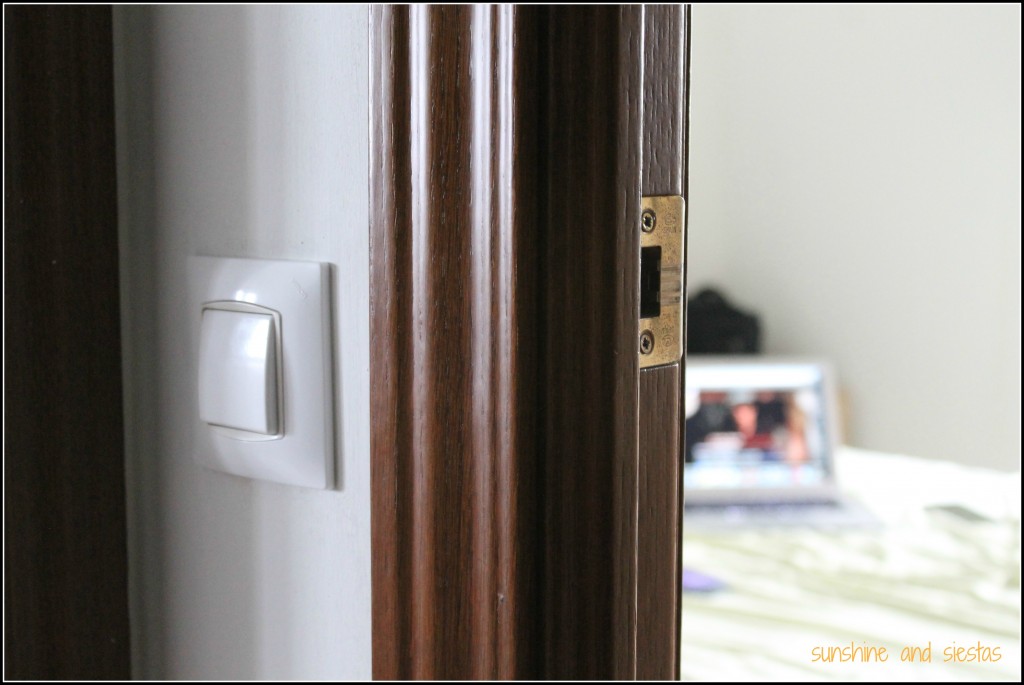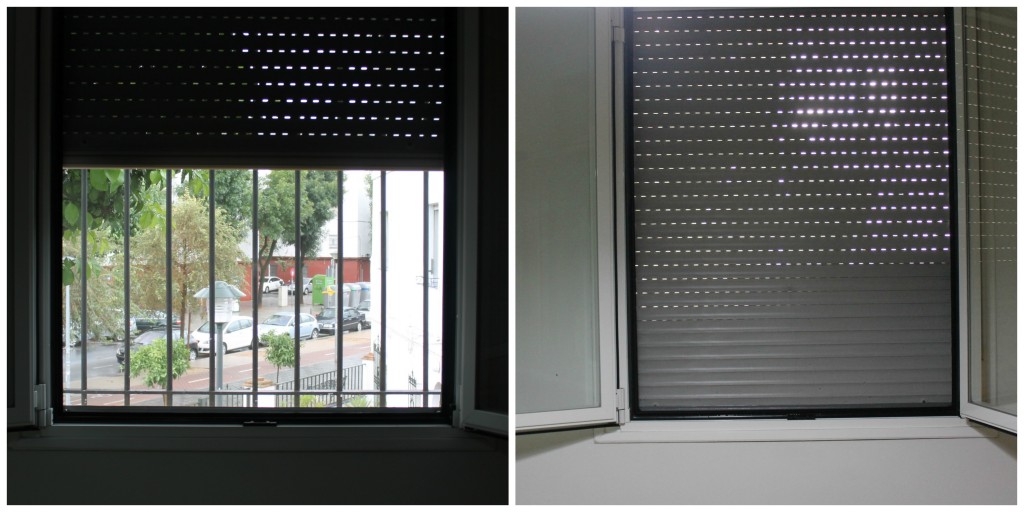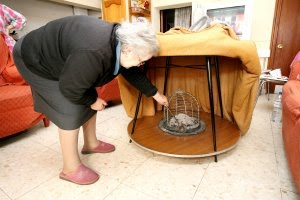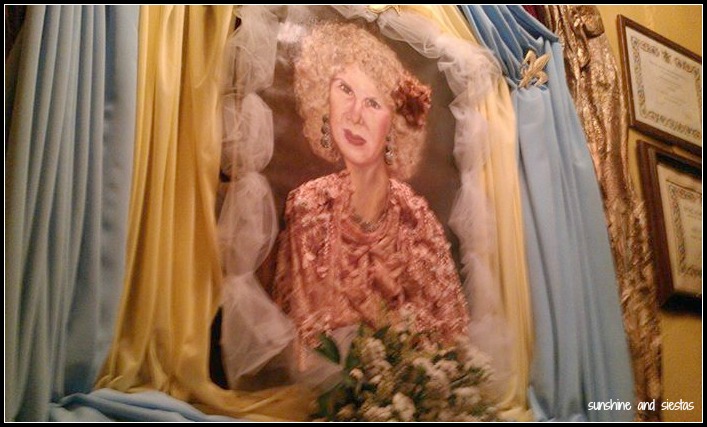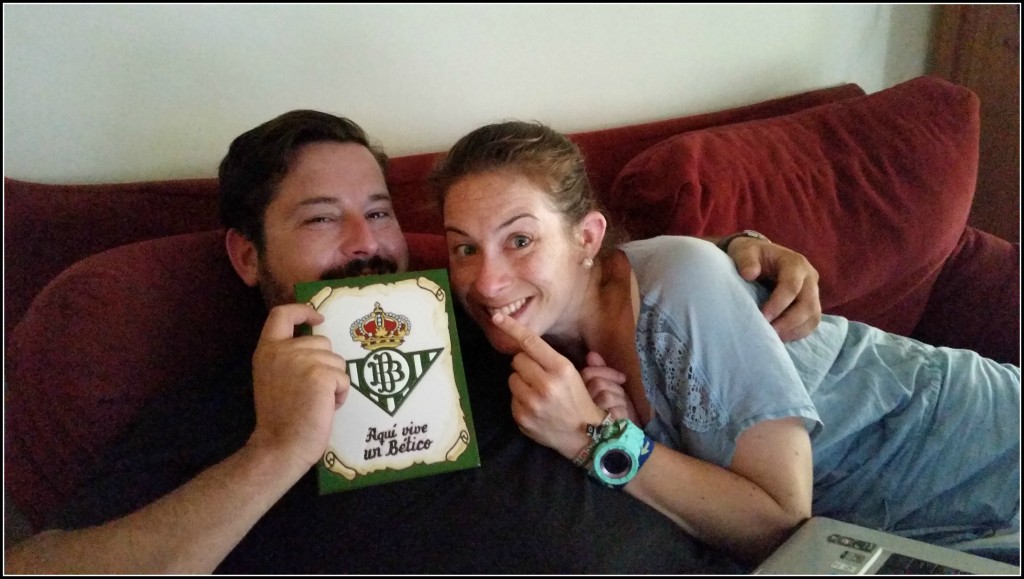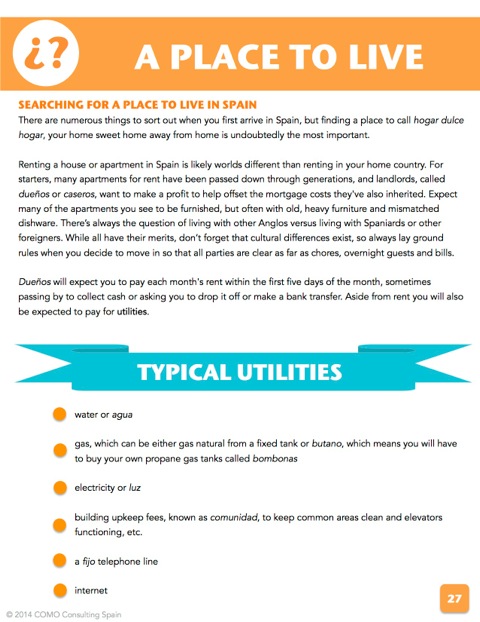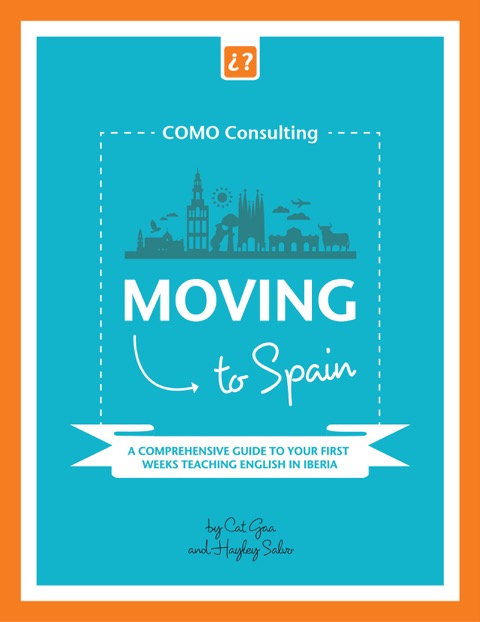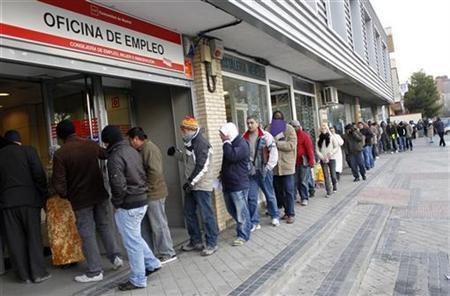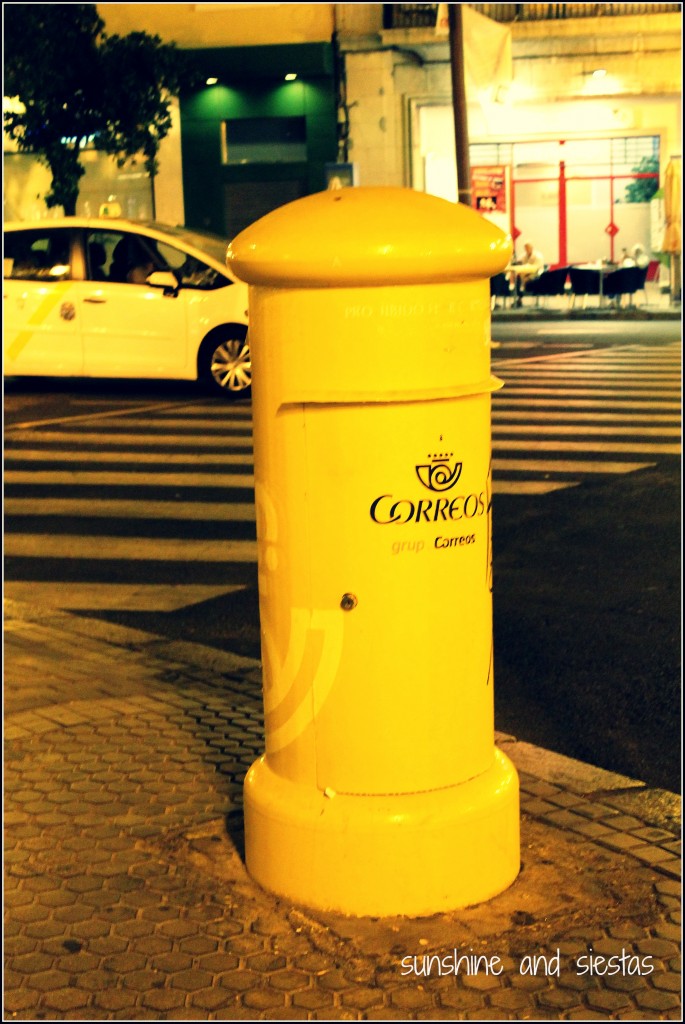Everything came full circle on my first day back in Spain after a summer in the states – the Novio asked me to pick up a few housewares and suggested I head to the cheap bazaar shop two blocks away. My jet-lagged body was on auto pilot as I walked in, found the corner dedicated to tupperware and kitchen utensils, and picked out a few necessities.
It hit me: this was the same place I bought my household necessities when I first moved into a shared flat in Triana seven years ago. And now, with a big kid paycheck and an entire house to fill, I was back at the same chino to buy dishes and tools.
As we settle into our newly purchased chalet in Barrio León, we’re slowly learning the quirks of the so-called ‘Alcázar.’ Our outside lights don’t work, the oven takes an hour to heat for a morning tostada and the lock on the heavy iron door to our parking spaces split a key in two. But it’s ours! Part of the fun (or agony) of looking for a place to live in Spain is the differences between homes in the US and homes here.
It goes far, far beyond the house versus apartment debate.
Bombonas
Melissa was clear about setting down the rules: she would shower every evening at 8pm once she was done with her classes, so no one could use the hot water from 6pm. When I inquired why (first world problems, indeed), she opened a cabinet in the kitchen to reveal a bright orange tank – of propane.
In order to heat water, the bombona uses pressure and a small flame, which flows into the pipes in your sink, shower and washing machine. When the tank runs dry, no hot water: you’ll have to call up Repsol and wait for them to deliver a new one, or just wait until siesta time, when the truck will inevitably drive by and clank all of the fuel tanks together to wake you up.
I ended up joining a gym nearby just to have unlimited hot water. Flash forward to 2014 and there’s an electric hot water tank in my house that holds enough water for a family of four!
Lights on the Outside of the Room
How many times have you fumbled around in the dark to find a light switch?
Surprise! Spanish living spaces tend to have the light switches outside of the room they correspond to. This isn’t always the case, but you may have to reach around the doorframe to illuminate the kitchen after a night out. That, or use the fridge to guide you.
The lights above correspond not to the hall or study, but to my bedroom. When I’m just waking up in the morning, I’m thankful it’s already daylight.
Persianas
I never leave home without a pair of sunglasses because the Andalusian sun is far too bright. Your house has an answer to that, though, as one of the greatest inventions known to man – persianas. These industrial strength blinds are awesome for cutting out light and noise when you’re taking a midday snooze or wanting to sleep in late, but they also mean zero air flow. Fine when it’s cold, but not fine when you’re on the fourth floor and it’s summertime.
Now that I’m living in a house and not a flat, curious neighbors are always peering into our living room, so we often have the persianas down and the lights on. I’m still bumping into walls as I search for the lights.
Braseros
Believe it or not, it gets cold in Spain – even in the south. While houses in the north are more prone to have central heating and thick carpets, Andalusian houses have thick walls, tile floors and often a noticeable lack of central heating and/or air.
Take it from a Chicagoan: you do not know cold until you have lived a damp Andalusian winter.
Spaniards cope with homes that are colder than the temps on the street by installing something called a brasero. Simply put, a space heater is put under a table, and a thick blanket is draped over the table to trap in the heat. People gather around the brasero and try to cover as much of their bodies with the blanket (extra points if it’s velvet). Ingenious? Maybe. Dangerous? Definitely.
Jesus Tiles
There is nothing more Spanish than bad decor. It was hard for me to imagine living in my new house while the former tenants’ things were still there – heavy wooden furniture, mismatched fabrics and enormous portraits of the Virgin Mother above every bed.
It’s not uncommon to see a flat that has hand-painted tiles depicting Jesus Christ crowned with thorns or a weeping virgin (or, if you’re that lucky, the timeless Spanish rose known as Cayetana de Alba). Each city and town have their own patron saints, which grace buildings, benches and even bars. Sevillano favorites? The Virgen of the Macarena, Jesus of the Great Power and the Queen of the Swamps, Our Lady of Rocío.
The Novio and I have one new tile, a housewarming gift courtesy of my younger sister:
If you’re lucky, your digs will have modern furniture, an oven and a dryer – and you will have essentially won the Spanish housing lottery. Snatch that place up if the price is right! You also won’t get mosquito screens or air conditioning, so start training your body to cope with bugs and heat rash.
Our second year on Calle Numancia, we were able to give the place a good coat of paint, though the mint green in my room clashed with the heavy, dark wooden furniture. But somehow, it felt a little more like my own place in the city. Now that my name is on the deed, I have come to miss those days when I paid rent and utilities, and left the rest to Manolo, my landlord.
Are you stressing out over the apartment search? Fumbling through online ads and not understanding the lingo?
COMO Consulting’s guide to Moving to Spain has an extensive chapter on finding flats, from deciphering online ads to what questions to ask your landlord, plus two pages of relevant vocabulary.
And that’s just one of nine chapters! Click on the button above or here to learn more about Moving to Spain: A Comprehensive Guide to Your First Weeks Teaching English in Iberia.
More links: Where to Live in Seville // How to Survive Spanish Convivencia
How are you going about searching for an apartment? Have you found anything strange or kooky?
